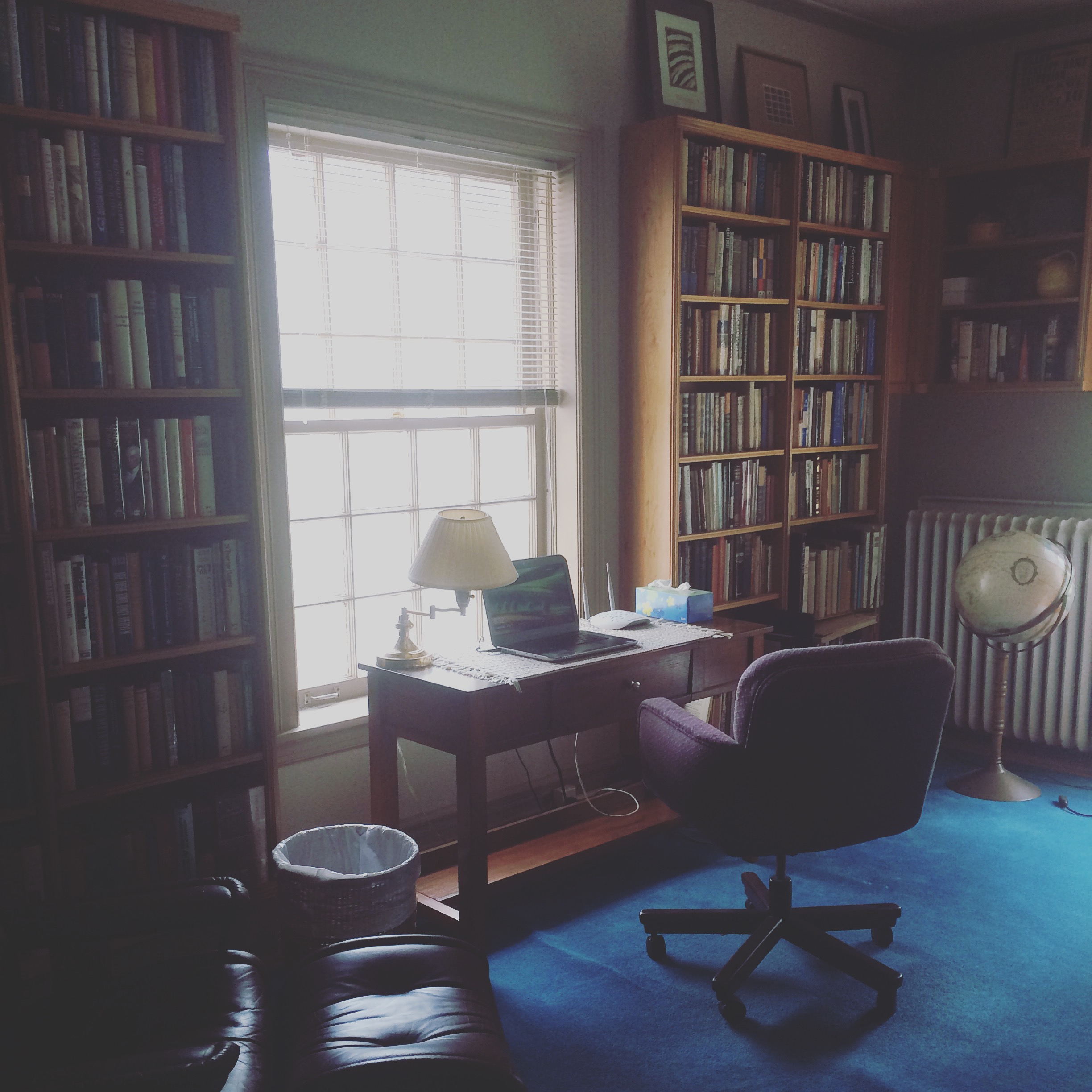The issue of whether or not writers should get an MFA is one fraught with controversy — and I won’t tackle that here. But if you’re interested in getting a graduate degree in creative writing — without leaving the beach, the palm trees, the great weather, and diverse population of this city — here are 10 local programs to consider.
For this list, I defined Los Angeles widely — and included programs that you could conceivably drive to while living in the city of LA proper. That said, I left out San Diego — despite the fact I actually commuted there from the westside to teach a graduate fiction class at San Diego State University one semester.
I tried to give some idea of the funding available (fully funded means the school will cover your tuition and give you a stipend — either in the form of fellowships or teaching assistantships — for the duration of your time in the program) — but I didn’t list actual tuition costs, which vary very widely. I also tried to distinguish core faculty (full time and dedicated to the program) from adjunct or visiting faculty that teach one-off courses — but in the case of the low-residency programs, pretty much all instructors are just teaching a course or two — something you may want to keep in mind as you make your choices.
____
University of California, Irvine, MFA in Writing. With alums like Michael Chabon and Aimee Bender and faculty members like Ron Carlson and Amy Gerstler, UCI’s MFA program is one of the best known and most respected writing programs in the country — and is fully funded, offering “three full years of financial support to all domestic students.”
Length: 2-3 years
Concentrations: Fiction, Poetry
University of Southern California, PhD in Creative Writing and Literature. USC, my alma mater, offers the only PhD writing program in the area — which is actually a dual-emphasis degree in both literature and creative writing, arguably helpful in landing an academic job, if that’s the path you plan to pursue. Recent Pulitzer Prize winner Viet Thanh Nguyen teaches here, as does Aimee Bender and other literary luminaries — and a recent student, Robin Coste Lewis, won the National Book Award for her first book of poems last year. This program too is fully funded.
Length: I took 7 years (I went in without a masters), but I hear students are now pushed to finish in 5.
Concentrations: Fiction, Poetry
CalArts, MFA in Creative Writing. This program especially attracts students interested in experimentation and cross-genre work. Janet Sarbanes and Matias Viegener teach here. This partially-funded program lists Margaret Wappler and Douglas Kearney among its alums.
Length: 2 years
Concentrations: A “liberated, non-tracking curriculum” encourages cross-genre / hybrid work — but most students seem to define themselves as poets, fiction writers, or both.
University of California, Riverside. MFA in Creative Writing and Writing for the Performing Arts. UCR’s program is a big one, with more than 20 full-time faculty members and programs in nonfiction and screen/playwriting as well as the usual fiction and poetry — though as I write this I fear I’m opening a can of worms, since a bunch of local film schools also offer screenwriting degree programs but will not be covered here. Faculty for this partially-funded program include Laila Lalami and Susan Straight.
Length: 2-3 years
Concentrations: Fiction, Poetry, Nonfiction, Screenwriting, Playwriting
Cal State University Long Beach, MFA in Creative Writing. Full-time faculty here include Charles Harper Webb and Suzanne Greenberg. Financial help comes only in the form of smaller scholarships and awards, but Golden state residents can take advantage of the in-state tuition rates.
Length: 2 years
Concentrations: Fiction, Poetry
Otis College of Art and Design, MFA in writing. This program takes both full and part time students — but only full timers can get partial academic fellowships. Faculty include Marisa Silver (adjunct) and Guy Bennett.
Length: 2 years
Concentrations: Students don’t need to declare a genre, but the degree culminates in “a creative thesis in fiction, poetry, nonfiction, or literary translation.”
Antioch University Los Angeles, MFA in Creative Writing. Each semester of this low-residency program is designed as “an intensive 10-day on-campus residency, followed by a five-month online project period.” Faculty include Victoria Patterson and Francesca Lea Block.
Length: 2 years
Concentrations: Fiction, Poetry, Creative Nonfiction, Writing for Young People
UCR Palm Desert, MFA in Creative Writing and Writing for the Performing Arts. This low-residency program is structured as “seven quarters of online study and five 10-day residencies over a period of two years.” Faculty include David L. Ulin and Gina Frangello.
Length: 2 years
Concentrations: Fiction, Poetry, Nonfiction, Screenwriting
Mount St. Mary’s University Los Angeles, MFA in Creative Writing. This program’s like a semi low-residency program, “meeting every other weekend, six times per semester” — and is designed to be “ideal for working adults.” Another unique feature is the inclusion of bilingual Spanish/English courses! Some small scholarships are available to students; core faculty include Lisa Fetchko and JoAnna Novak.
Length: 2 years
Concentrations: The program is described as developing “writers in multiple genres,” but the thesis must be Fiction, Poetry, Creative Nonfiction, Play, Screenplay or Teleplay
Cal State Northridge, MA in English — Creative Writing option. Dorothy Barresi and Kate Haake are among the faculty in this partially-funded program. California residents can take advantage of the in-state tuition rates.
Length: 2-3 years
Concentrations: Fiction, Poetry, Creative Nonfiction, Playwriting
____
For those wondering why Cal State Los Angeles‘ MA in English is no longer on the list: You can still get an MA at CSULA, but the creative writing concentration is no longer offered — even if the un-updated website still says it is — due to lack of faculty to teach the courses.
Did you go through any of the above programs? Let me know in the comments if there are details I should add — or opinions you’d like to share.
Also read: 5 best writing workshops and classes in Los Angeles
Originally posted 11/23/16; last updated 6/8/19


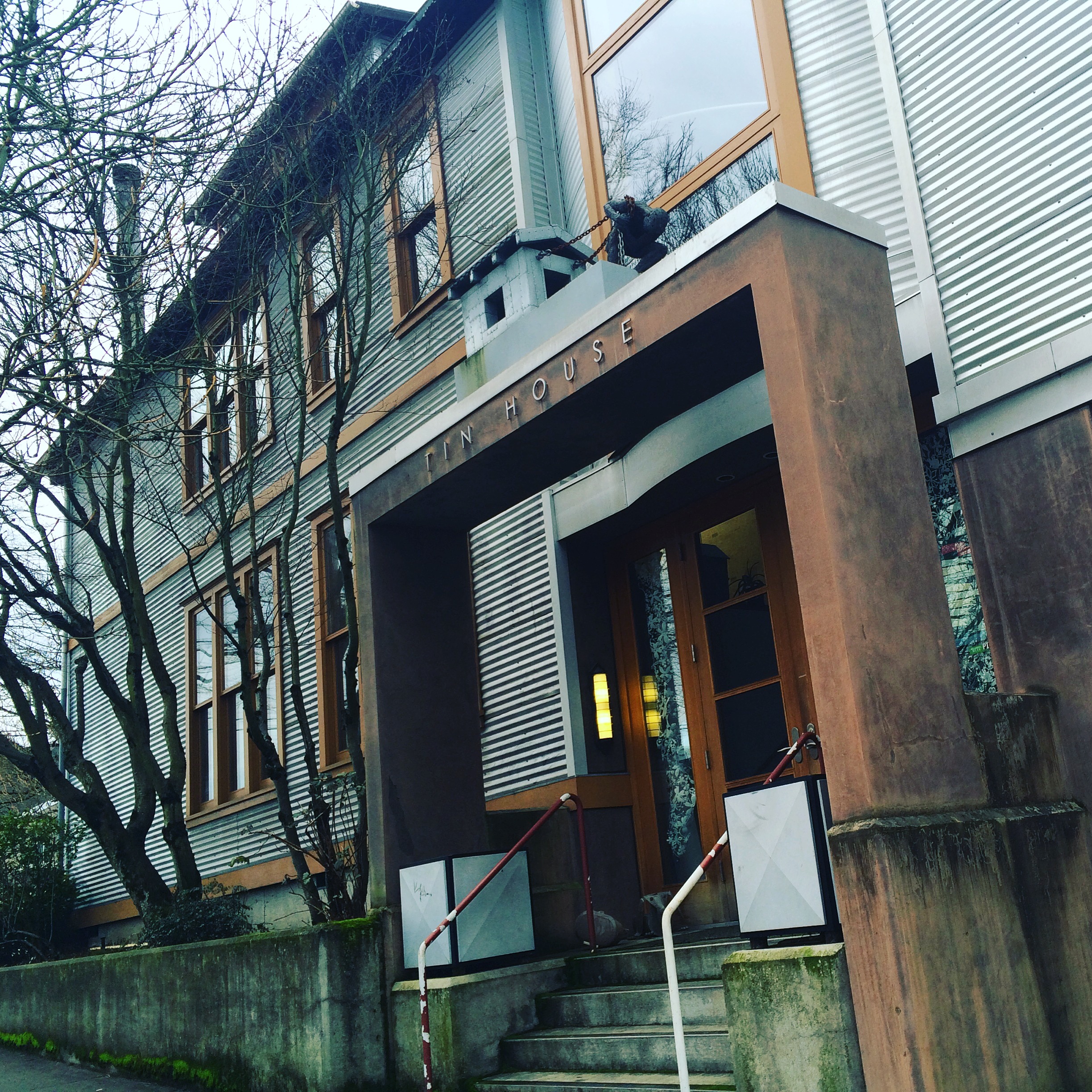
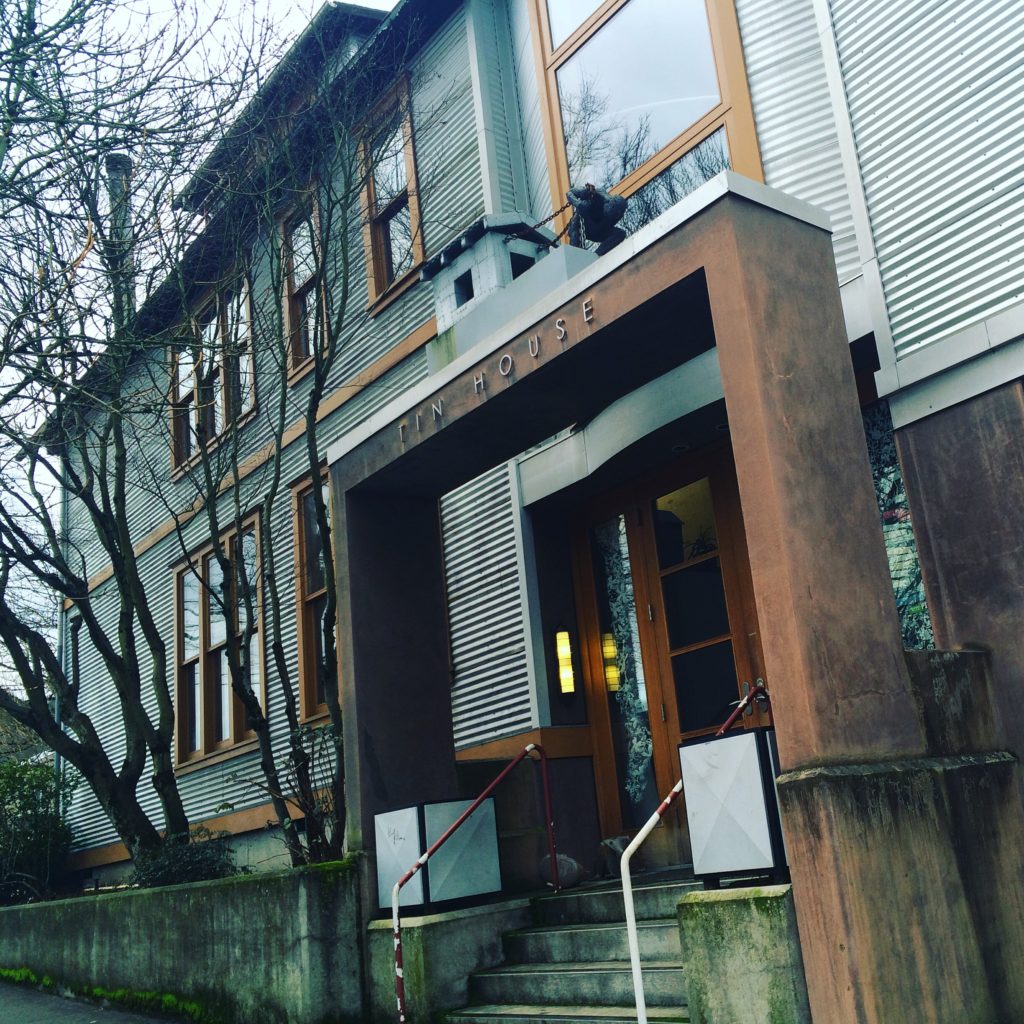
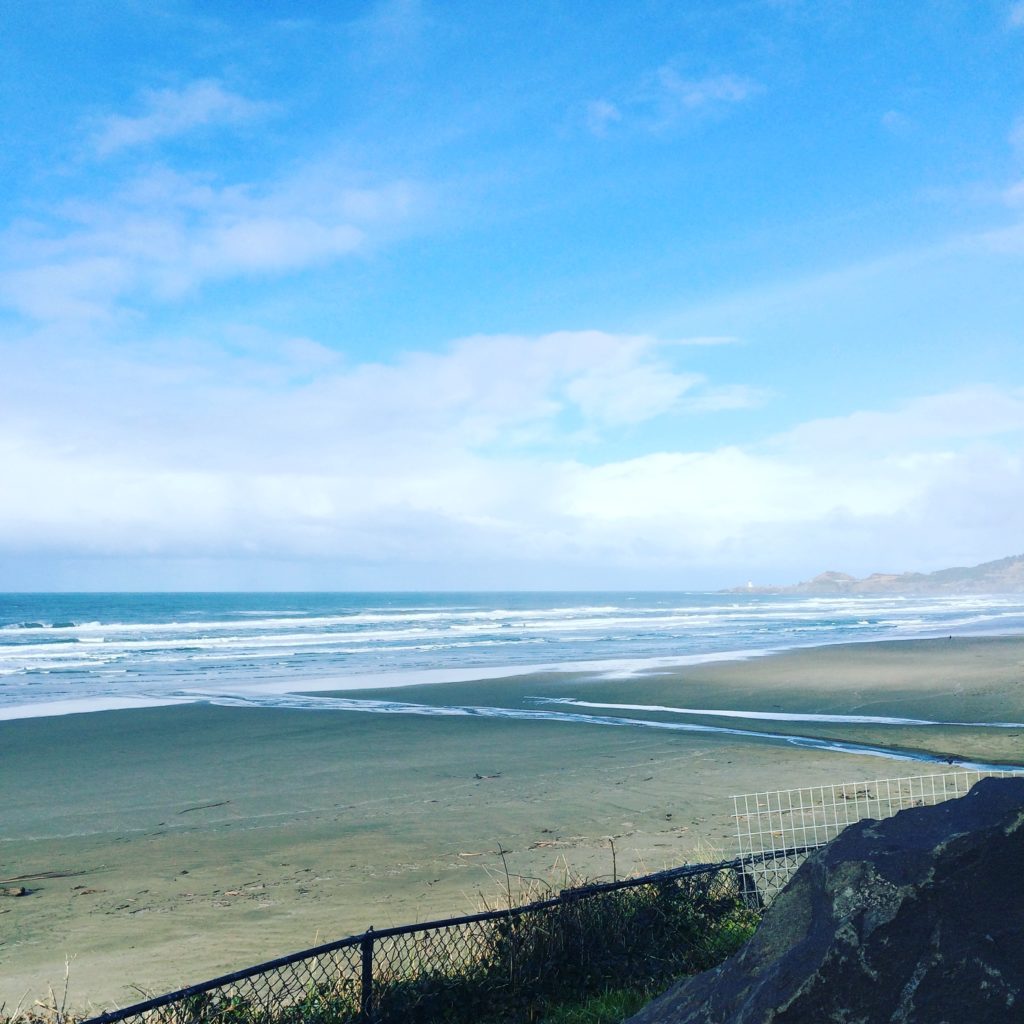
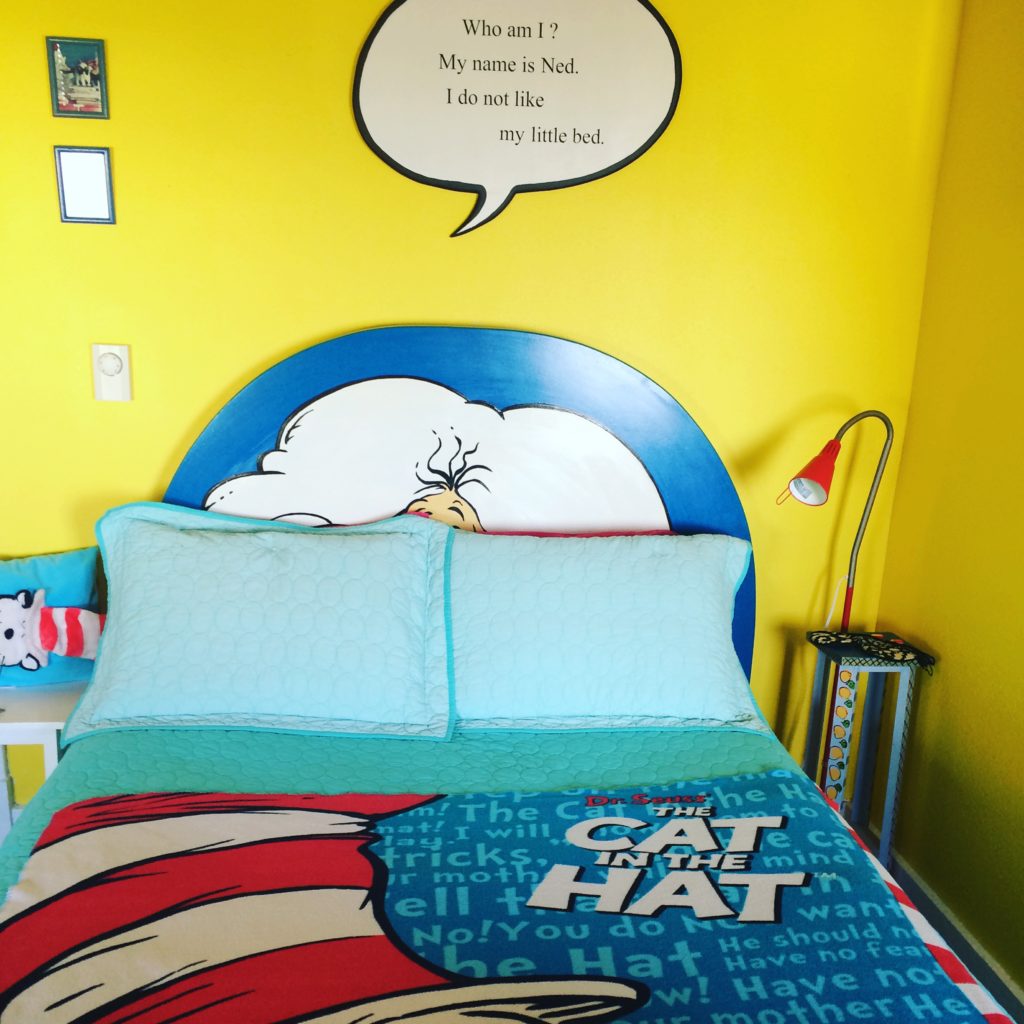
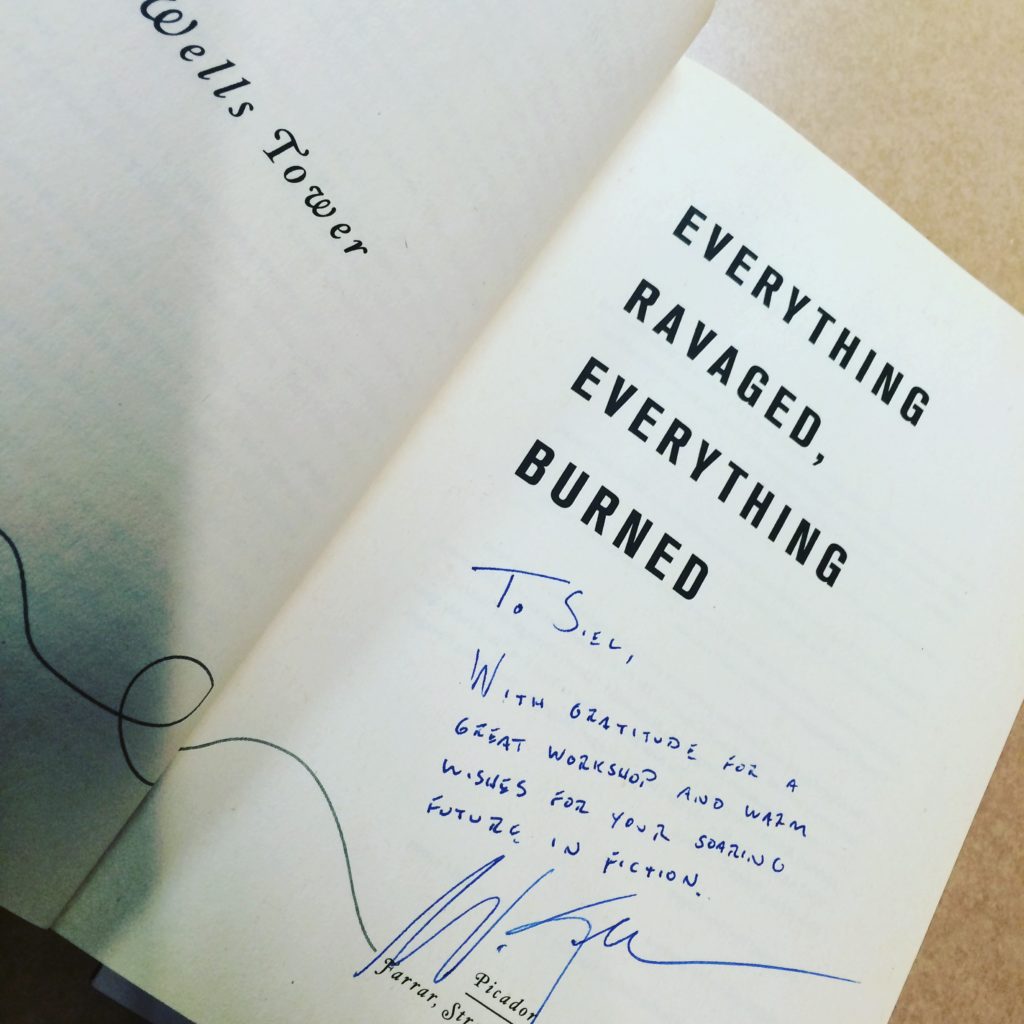
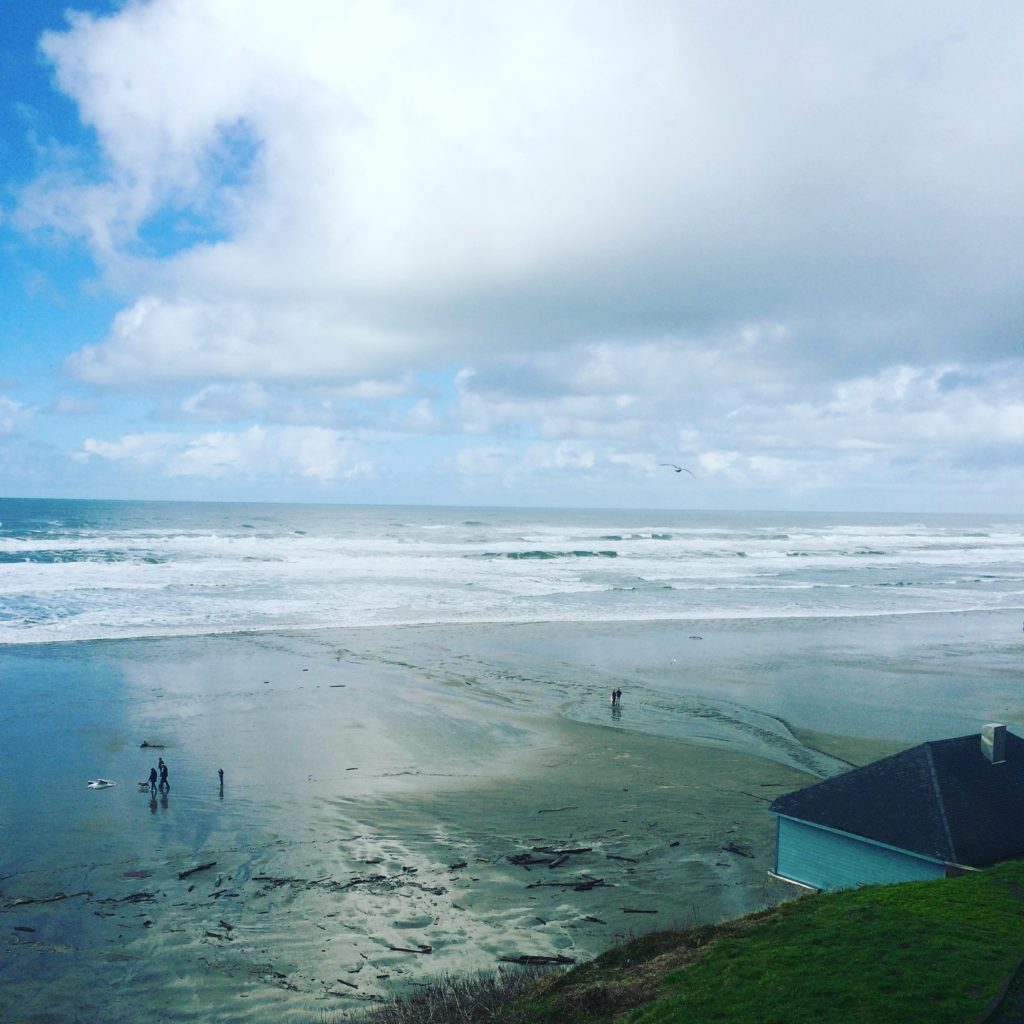
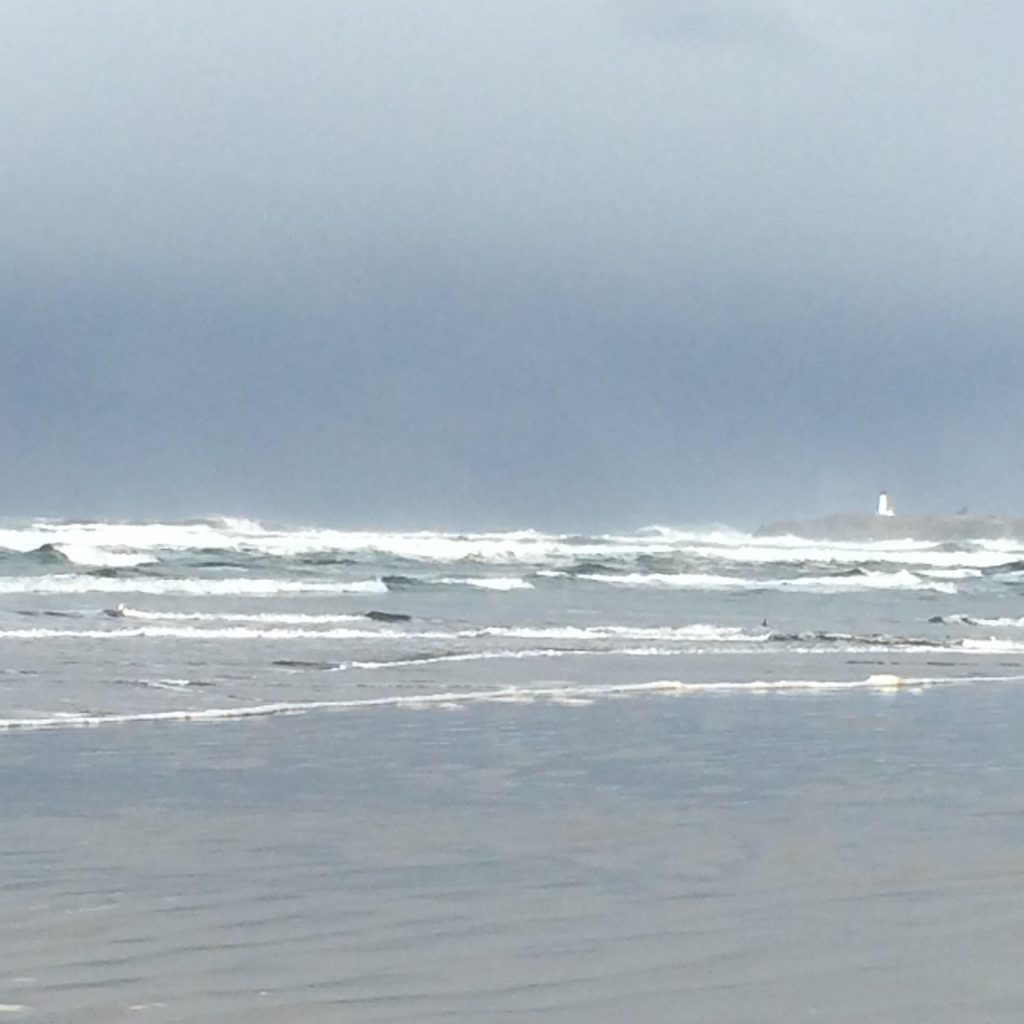
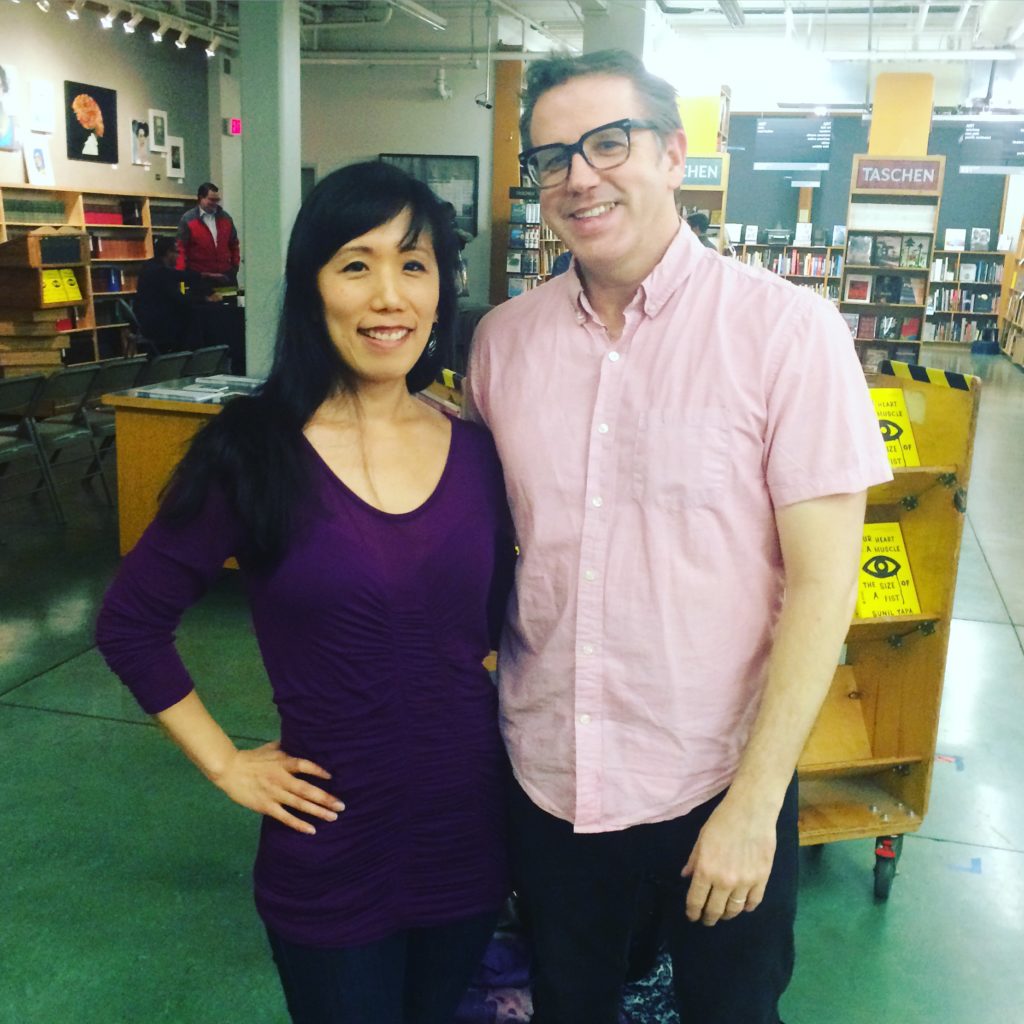
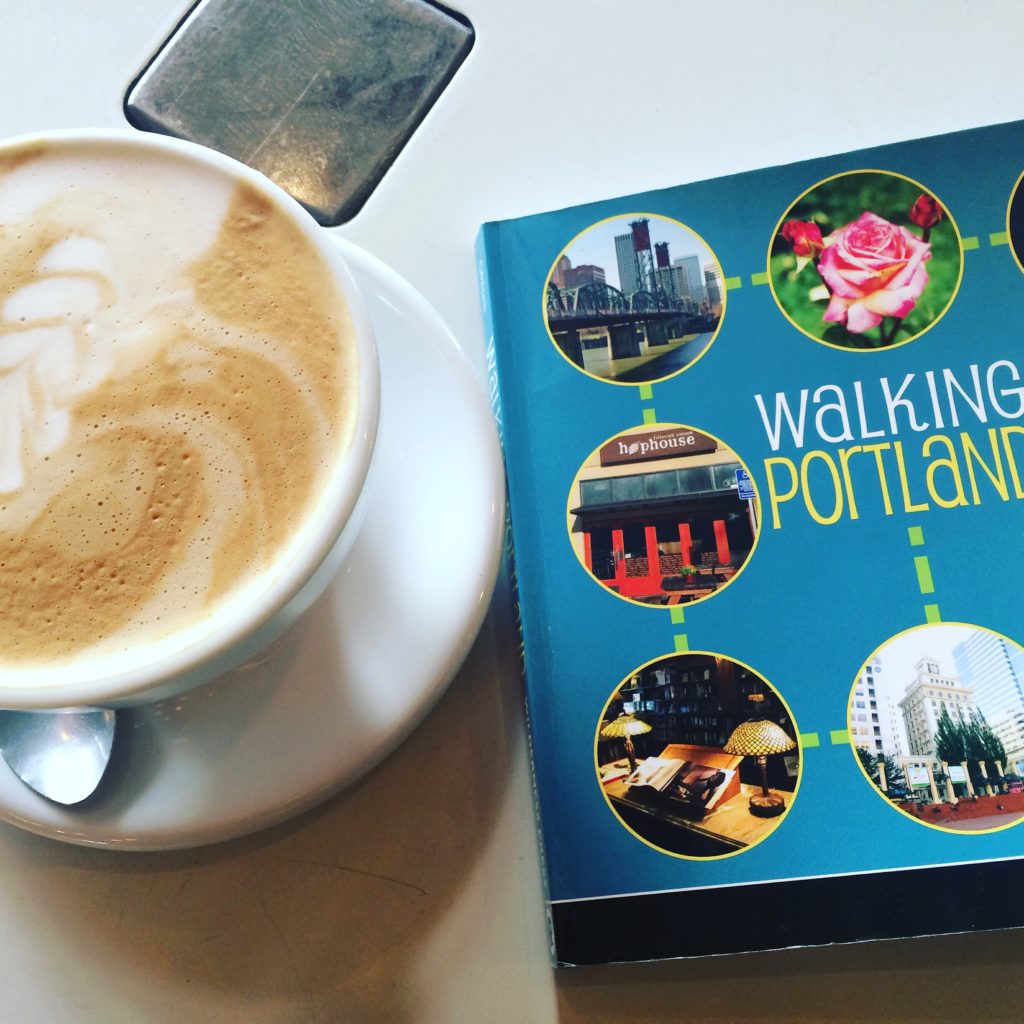
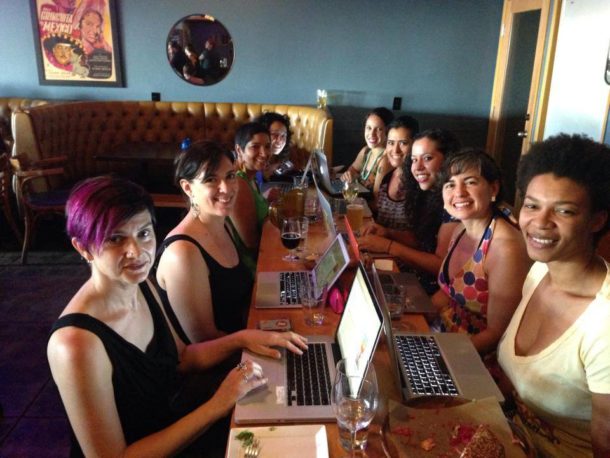
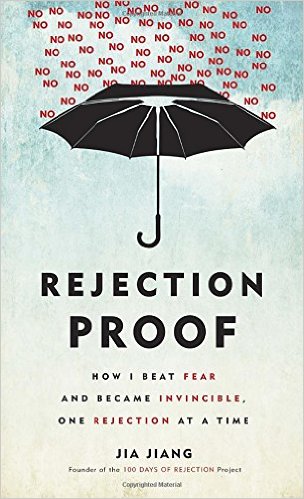
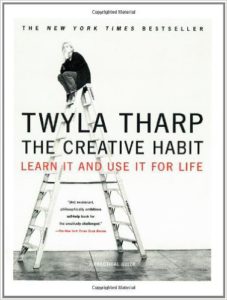 1. The Creative Habit: Learn It and Use It for Life by Twyla Tharp.
1. The Creative Habit: Learn It and Use It for Life by Twyla Tharp.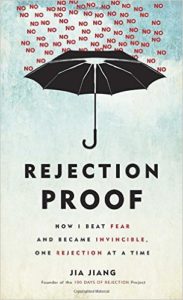
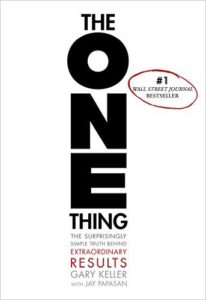 3. The ONE Thing: The Surprisingly Simple Truth Behind Extraordinary Results by Gary Keller and Jay Papasan .
3. The ONE Thing: The Surprisingly Simple Truth Behind Extraordinary Results by Gary Keller and Jay Papasan .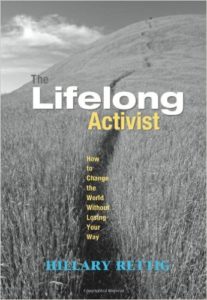 4. The Lifelong Activist: How to Change the World without Losing Your Way by Hillary Rettig.
4. The Lifelong Activist: How to Change the World without Losing Your Way by Hillary Rettig.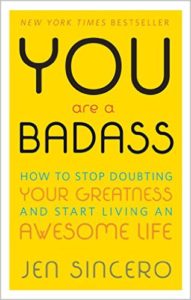 5. You Are a Badass: How to Stop Doubting Your Greatness and Start Living an Awesome Life by Jen Sincero.
5. You Are a Badass: How to Stop Doubting Your Greatness and Start Living an Awesome Life by Jen Sincero. 